N. Ireland’s Causeway Coastal Route
I arrived in Belfast from Isle of Man to meet up with Jon before beginning our road trip around Ireland. The Causeway Coastal Route is a famous drive that starts in Belfast and ends in Londonderry. We did the drive in two days, which was a good length of time for the 200-mile journey.
I cannot drive a stick shift (working on that) and the price of adding another driver to the car rental was an extra £60, so Jon took on the task of driving the entire route. We probably would not have survived the trip if I attempted to drive a manual transmission car for the first time on the opposite side of the road.
Day 1
Belfast
Belfast is the capital of Northern Ireland and starting point of the Causeway Coastal Route. The first thing that struck me abut Belfast is that I could not understand why it is so proud of having built the Titanic. There’s an enormous museum, hotel, and district all named after the disaster. If my city built the Titanic, I would disavow the boat quicker than the old lady threw the necklace into the ocean at the end of Titanic. The Titanic disembarked from Southampton and so they even had a convenient fall guy just across the Irish Sea.
The 1997 film Titanic transformed the tragedy into more of a pop culture phenomenon, and apparently Belfast saw a way to cash in. Also, if I’m going to a Titanic museum, I’m going to the one in Pigeon Forge, Tennessee.
Continuing the trend of dark tourism in Belfast are the “Peace Murals” that depict the conflict between Northern Ireland and the Republic of Ireland known as “The Troubles.” There are murals depicting both sides of the conflict. The Unionists, which tend to be older and more conservative, want to remain a part of the United Kingdom while the Nationalists want to see a united Ireland.
From an outsider’s perspective, it’s hard to understand why a chunk of Ireland is a part of the United Kingdom, but the reasons for this are so complicated and go back centuries. This explainer video does a far better job of explaining the split than I ever could. The Nationalist murals tended to be of higher quality than the Unionist murals, which supports my theory that conservatives are bad at art.
One bit of graffiti sent a chill down my spine. Someone crudely spray-painted “PRESIDENT TRUMP WELCOME IN BELFAST. NO SURRENDER” next to a Star of David. I overheard a taxi driver explaining to his passengers that this graffiti had just been spray-painted less than a week ago. Given the way the Nationalists have expressed solidarity with the Palestinians, this appeared to be a Unionist expressing solidarity with Israel and Trump.
Glenarm Castle
Our first stop after getting a late start out of Belfast was Glenarm Castle. It was a good time to stop and stretch our legs while walking around the estate of a functioning castle. When I purchased the tickets I made the faux-pas of asking if we would be able to go inside the castle. The woman looked at me as if I was a complete and utter moron and said, “Oh no, you can’t go inside! People actually live there!” My l'esprit d'escalier moment came at some point in the castle gardens when I realized I should have quipped that “People live in the White House but you’re still able to go inside for tours”. It’s fine, I already lived up to the ignorant American stereotype, I didn’t need to add rude as well.
As a functioning estate, we could see that preparations were being made for an upcoming music festival. The castle has a Downton Abbey look to it and is apparently home to the “Viscount of Dunluce.” According to Wikipedia, it’s been in the family for 400 years.
Admission: £6
Website
Cushendun Caves
The Cushendun Caves are a quick, easy, and free turn off from the Coastal Causeway Route. They’re mostly notable these days as being the caves where “The Red Woman” Melisandre births that freaky evil spirit in Game of Thrones that goes on to murder one of the other characters. Game of Thrones has been a boon for Northern Ireland tourism. There are entire day trips dedicated to taking eager fans around to the filming locations.
The Giant’s Causeway
The Giant’s Causeway was about 5 minutes away from our hostel, so we thought we would wing it and see what the big deal was. This ended up working in our favor in a huge way.
The thing visitors need to know about the Giant’s Causeway is that it’s technically free. You only have to pay if you use any of the facilities, which include parking, the visitor’s center, and the shuttle. We arrived at 5:55pm and the gentleman at the front desk was kind enough to inform us that in 5 minutes the parking lot would be free, which essentially meant we didn’t need to drop £12.50 each on tickets. We also saw the final buses from the center leave the Causeway, which meant most of t
I had in the world like the Giant’s Causeway. I could not believe that these hexagonal columns occurred naturally in nature. It looked like something created by aliens. Apparently it was only last year that they cracked the mystery of how the Giant’s Causeway was formed.. It involves volcanic rock melting and cooling, and that’s about as far as my interest and understanding extends. That being said, it’s probably the most unique set of rock formations I’ve ever seen.
Day 2
Carrick-a-Rede Rope Bridge
Early bird gets the instagram shot.
We ended Day 1 at probably the most popular stop on the Causeway Coastal Route, and started Day 2 at its close second. I purchased our tickets for the first possible time slot for the Carrick-a-Rede Rope bridge. We arrived so early that a crabby old man stopped us from walking in, letting us know in the rudest possible way that our email confirmations were not, in fact, tickets. After the lady at Glenarm Castle and now this guy I was starting to wonder if the stereotype of Irish people being friendly only applied to the south.
Jon and I briskly walked the kilometer from the entrance to the rope bridge and were the very first guests on the bridge for the day. There’s something about a suspension bridge that brings out a childlike sense of play. Carrickarede, the island we walked across the bridge to, was small but beautiful. There was a section with hundreds of birds nesting and screeching.
As we exited Carrickarede, we felt pretty pleased with ourselves as there was a long queue lined up to cross. Only eight people are allowed on the bridge for obvious reasons.
Admission: £9
Website
Dark Hedges
The Dark Hedges were featured in an episode of Game of Thrones were Aria makes a run for it. They are emblematic of the surge of interest in Northern Ireland thanks to the series. Prior to Game of Thrones, it was a pretty quiet spot known by locals. Now giant tour buses stop here and mobs of people often crowd out your chance of getting a decent photo.
Admission: Free
Dunluce Castle
Dunluce Castle is a far cry from the music festival-hosting Glenarm Castle. It’s ruins of a large castle and the surrounding town. In some ways this was a lot more fun for Jon and I to explore. The legend states that after the kitchen fell into the ocean, the lady of the castle didn’t want to live anymore. The story is almost certainly untrue, but who could blame her?
Admission: £5
Website
Derry
We ended our drive in the town of Derry. I was unaware that Derry was the site of Bloody Sunday but I was aware that it was the setting of the TV show Derry Girls. The best way to see Derry is walking along the wall the surrounds the old part of the city.
Many of the murals and areas of Derry took more of a memorializing tone compared to what we saw in Belfast. 3,500 people died during “The Troubles,” and that history looms large in Derry.
The tributes to some of the very young men who lost their lives were moving. The monument to Bloody Sunday lists all of the names and ages of the deceased, emphasizing the tragedy of these unarmed, mostly teenaged young men. It wasn’t until 2010 that the British Government admitted that the attack was completely unjustified.
We stopped by Derry’s impressive Guildhall, which had an entire exhibition on the Plantation of Ulster. The Ulster Plantation was a colonization movement from Great Britain in the early 17th Century, where mostly-Scots were sent over to Northern Ireland to live and work. There was also a dress-up moment where I was able to try on the mayor of Derry’s robes.
While the Causeway Coastal Route ends in Derry, there’s an option to keep going along the Wild Atlantic Way, which goes down the west coast of Ireland. We decided we would do a few days on this route before ending in Dublin.


















































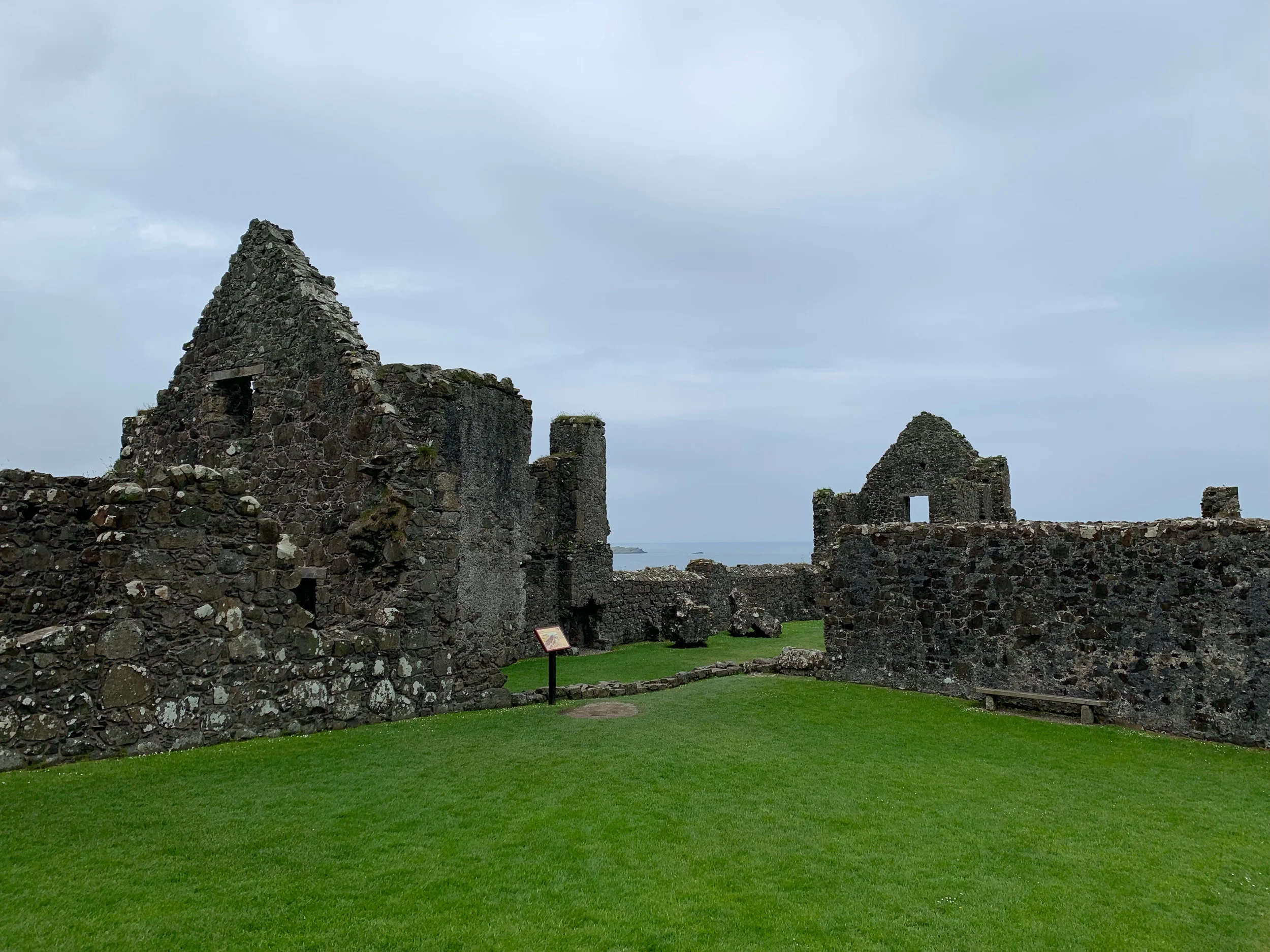











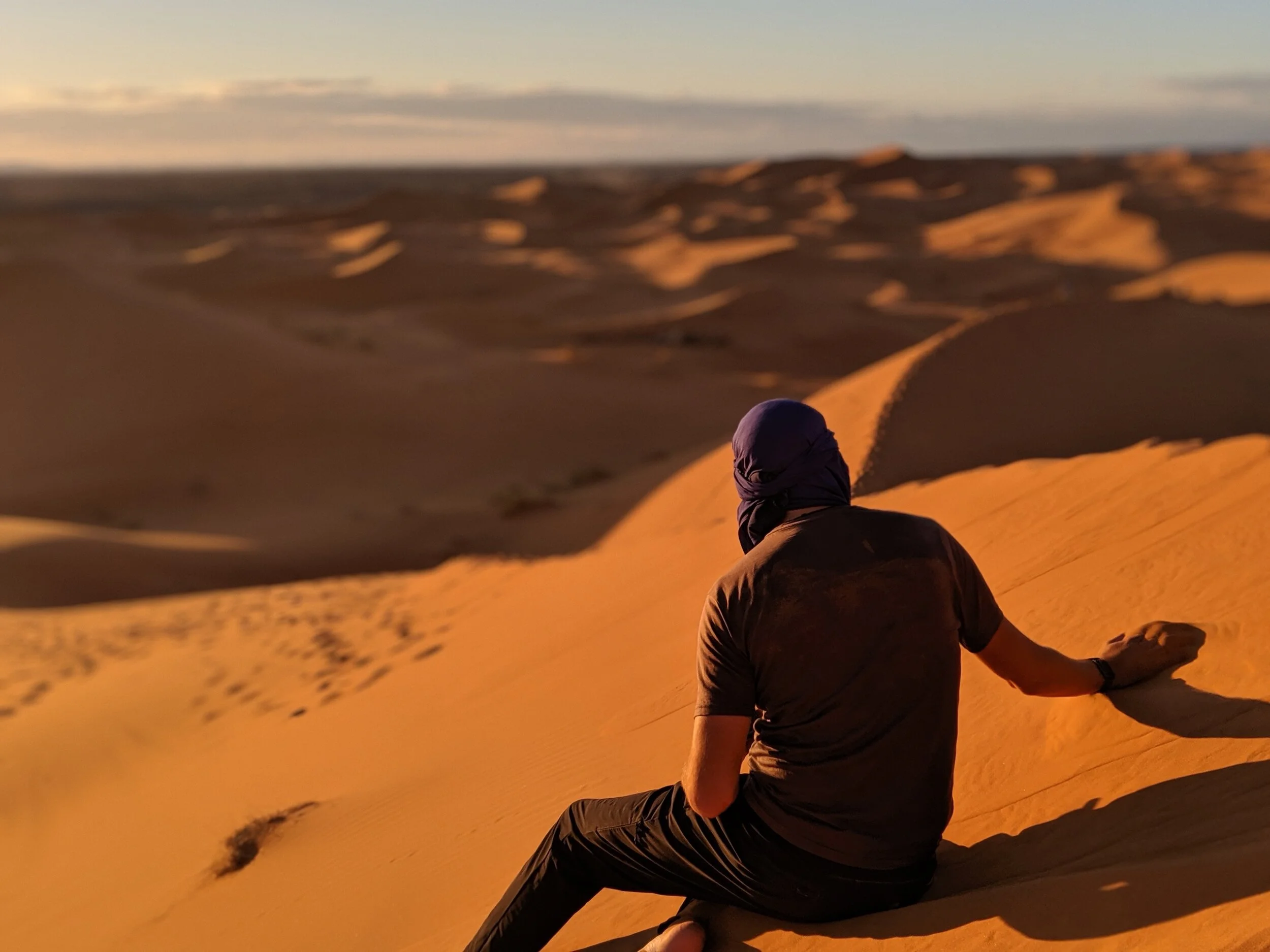

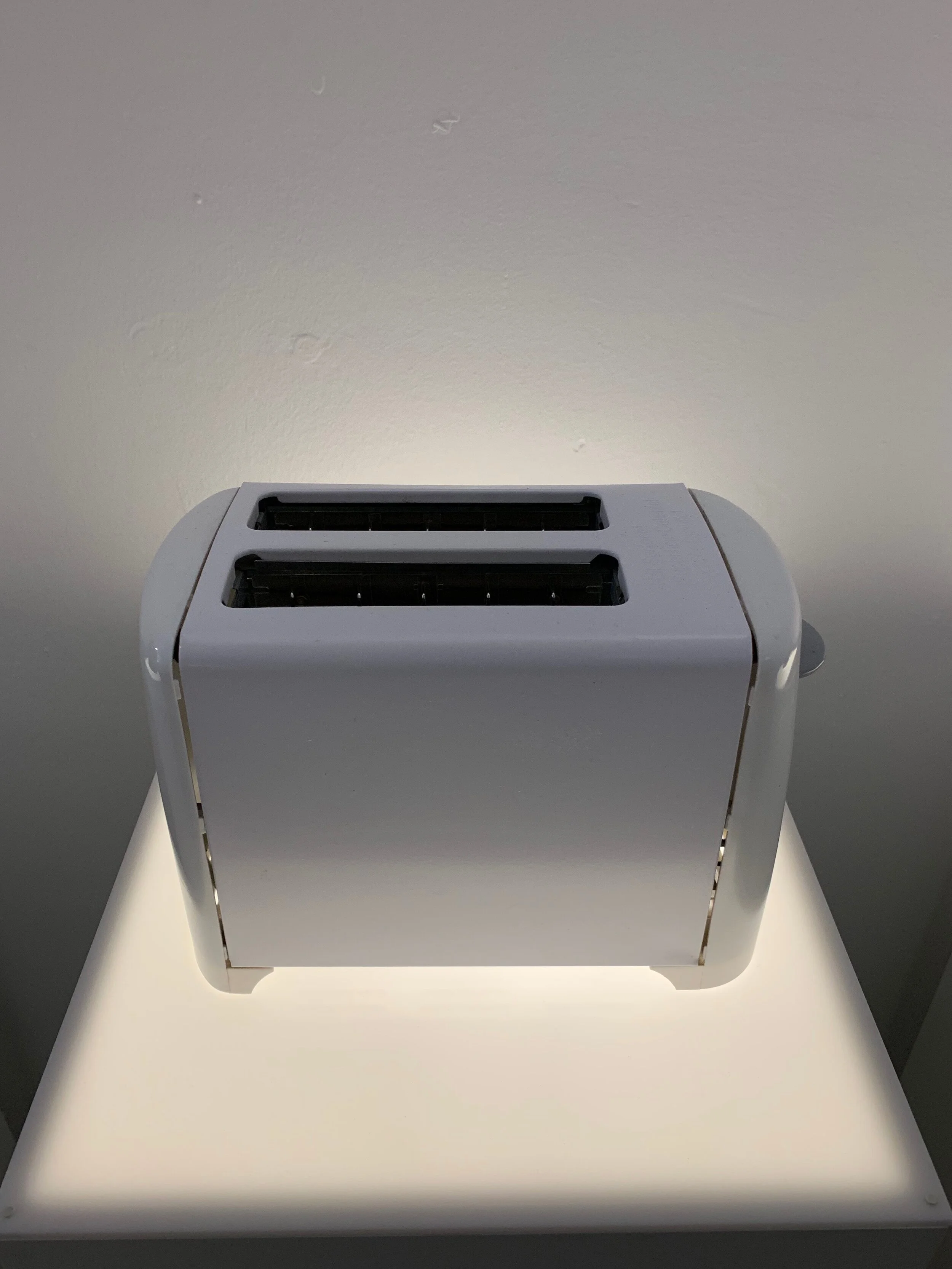

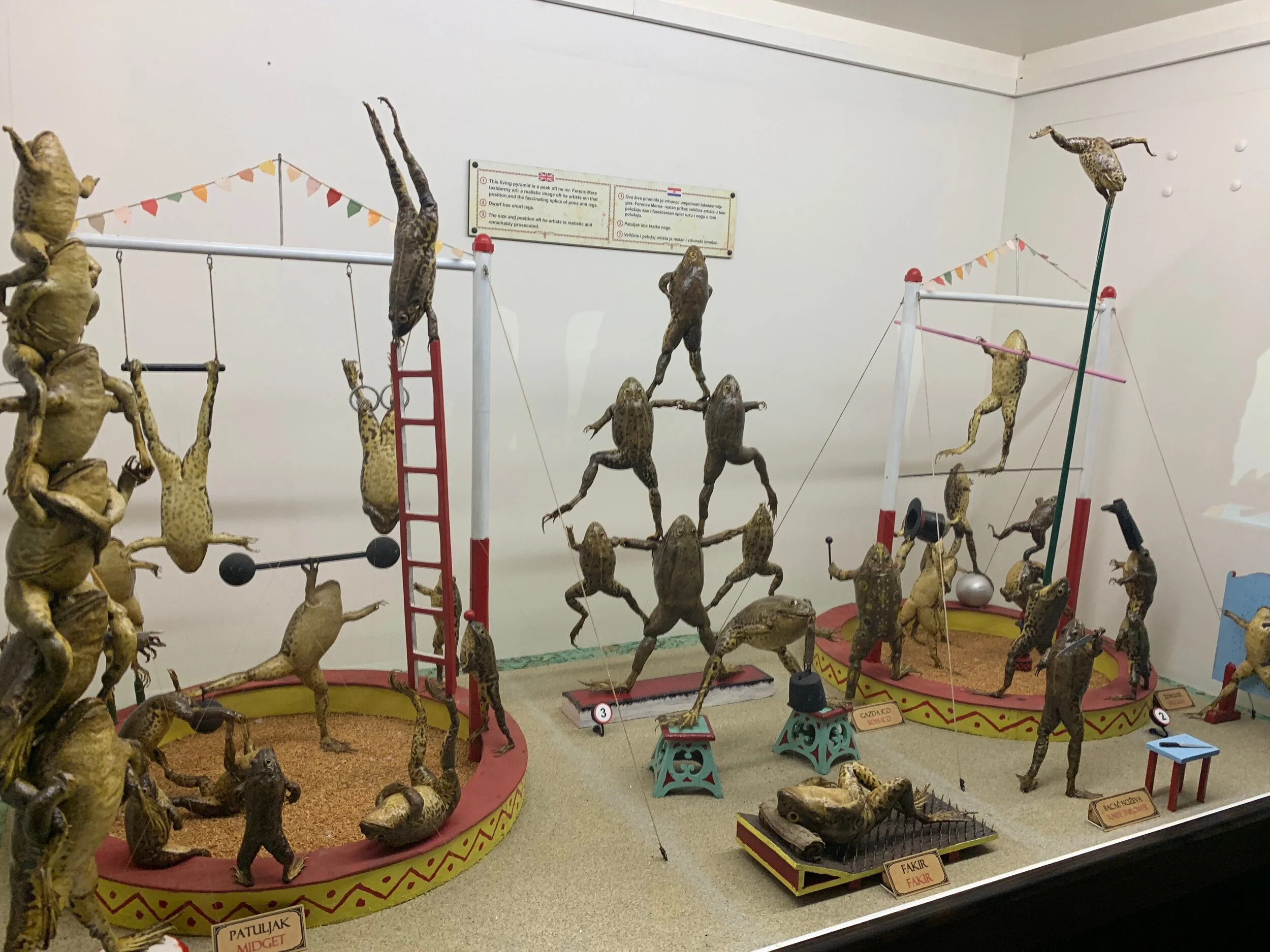
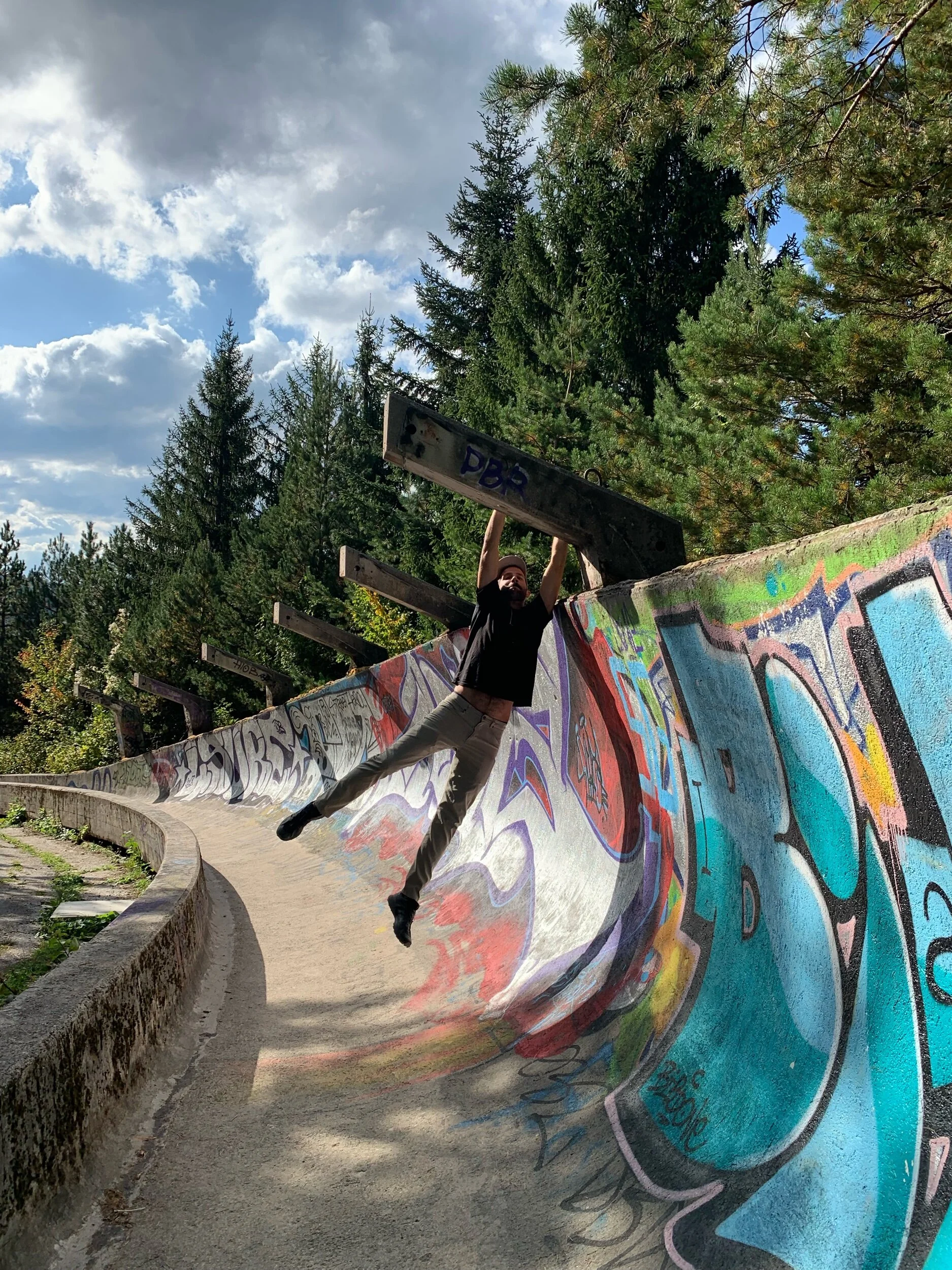
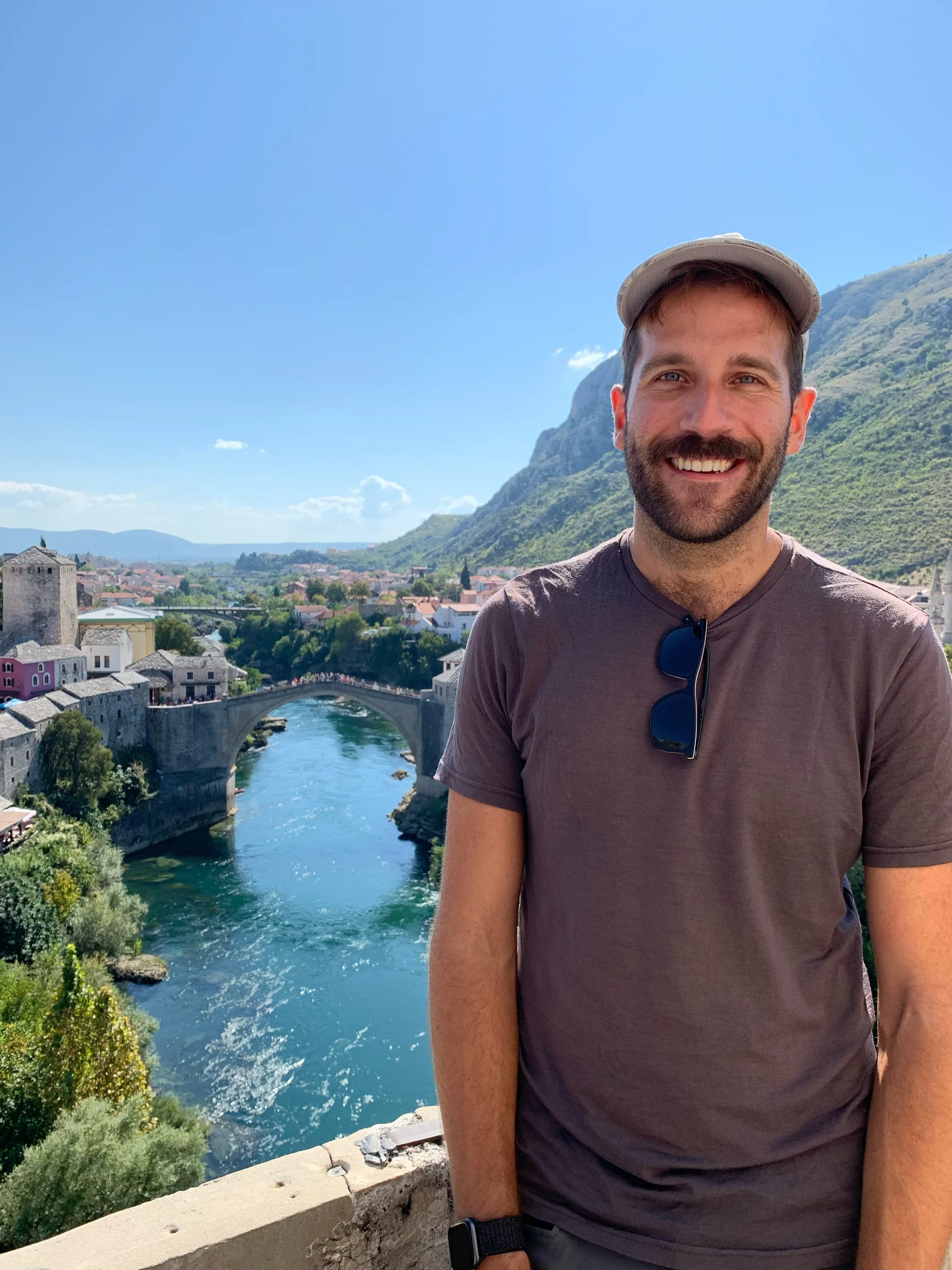
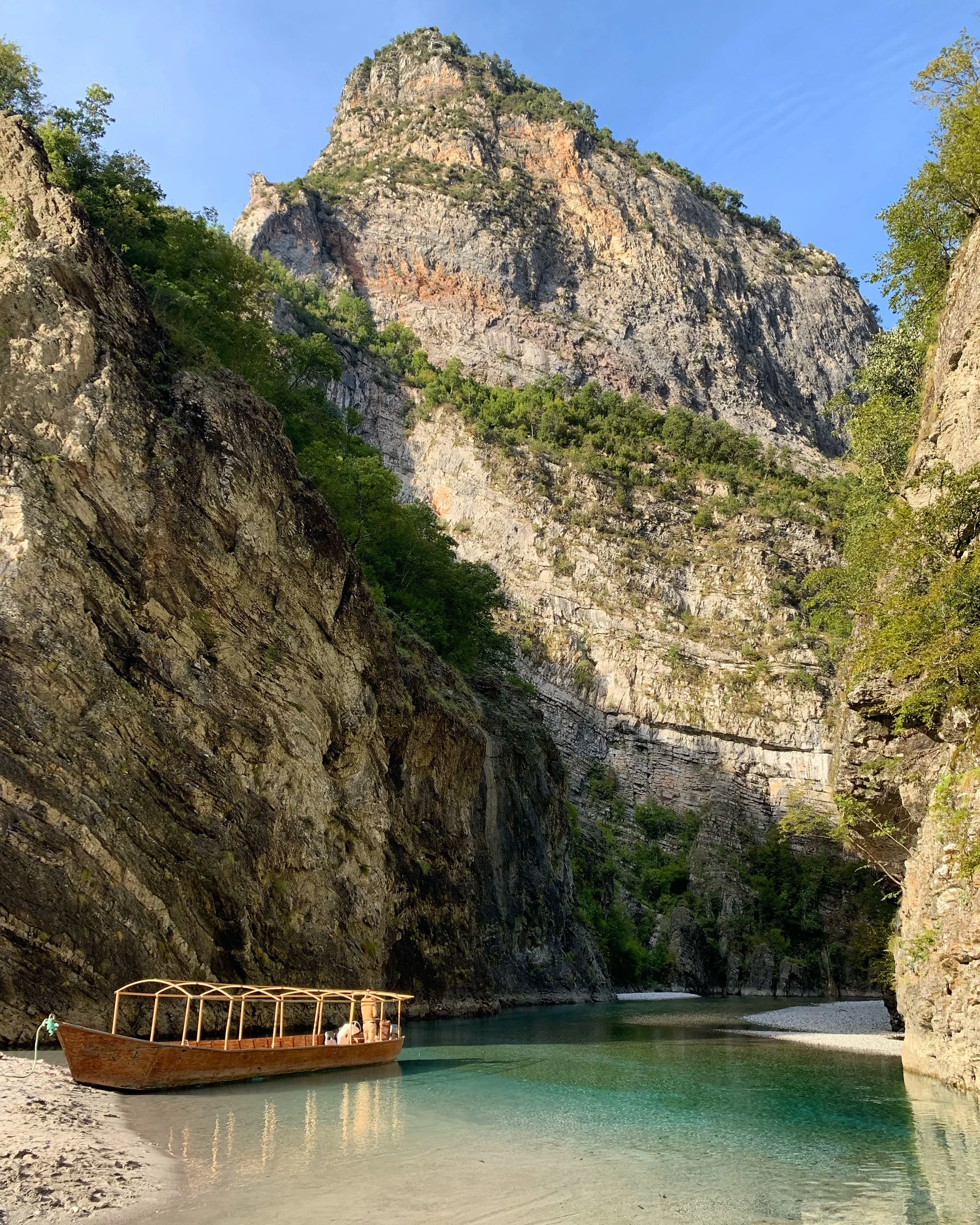
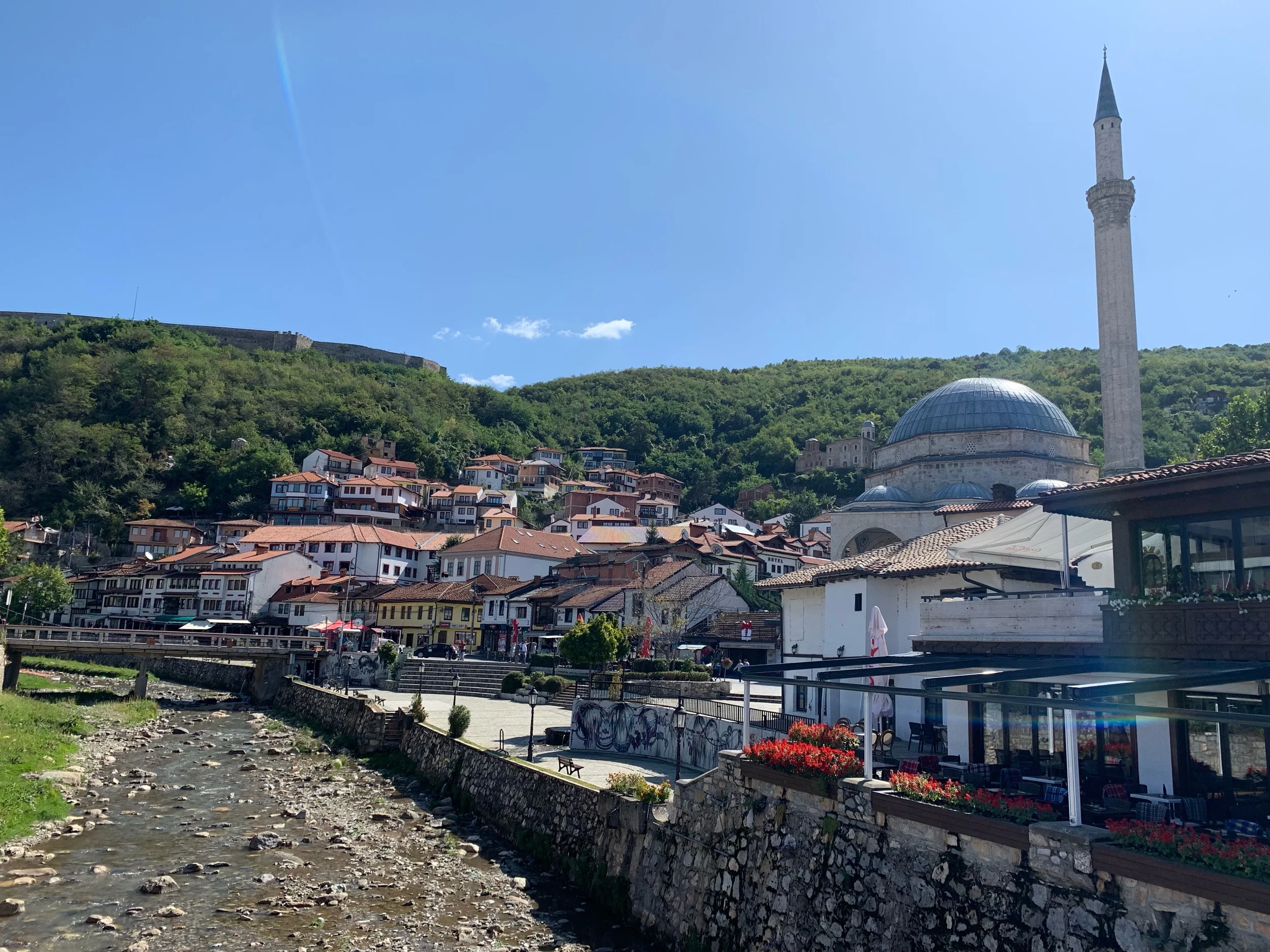
A must for history junkies